Kia EV9 vs VW ID.4 – Performance, range & efficiency compared
Two cars, one duel: Kia EV9 meets VW ID.4.
Which one wins in performance, efficiency and value for money? Find out now!
Costs and Efficiency: Price and efficiency are often the first things buyers look at. Here it becomes clear which model has the long-term edge – whether at the pump, the plug, or in purchase price.
VW ID.4 has a clearly advantage in terms of price – it starts at 34600 £, while the Kia EV9 costs 53100 £. That’s a price difference of around 18562 £.
In terms of energy consumption, the advantage goes to the VW ID.4: with 15.60 kWh per 100 km, it’s evident more efficient than the Kia EV9 with 19.50 kWh. That’s a difference of about 3.90 kWh.
As for range, the VW ID.4 performs barely noticeable better – achieving up to 569 km, about 6 km more than the Kia EV9.
Engine and Performance: Under the bonnet, it becomes clear which model is tuned for sportiness and which one takes the lead when you hit the accelerator.
When it comes to engine power, the Kia EV9 has a distinct edge – offering 508 HP compared to 340 HP. That’s roughly 168 HP more horsepower.
In acceleration from 0 to 100 km/h, the Kia EV9 is a bit quicker – completing the sprint in 4.60 s, while the VW ID.4 takes 5.40 s. That’s about 0.80 s faster.
In terms of top speed, the Kia EV9 performs to a small extent better – reaching 220 km/h, while the VW ID.4 tops out at 180 km/h. The difference is around 40 km/h.
There’s also a difference in torque: Kia EV9 pulls barely noticeable stronger with 740 Nm compared to 679 Nm. That’s about 61 Nm difference.
Space and Everyday Use: Whether family car or daily driver – which one offers more room, flexibility and comfort?
Seats: Kia EV9 offers evident more seating capacity – 7 vs 5.
In curb weight, VW ID.4 is distinct lighter – 1975 kg compared to 2392 kg. The difference is around 417 kg.
In terms of boot space, the VW ID.4 offers clearly perceptible more room – 543 L compared to 333 L. That’s a difference of about 210 L.
In maximum load capacity, the Kia EV9 performs noticeable better – up to 2393 L, which is about 818 L more than the VW ID.4.
When it comes to payload, Kia EV9 a bit takes the win – 615 kg compared to 551 kg. That’s a difference of about 64 kg.
Who comes out on top?
Overall, the Kia EV9 shows itself to be leaves the rival little chance and secures the title of DriveDuel Champion.
It convinces with the more balanced overall package and proves to be the more versatile choice for everyday use.
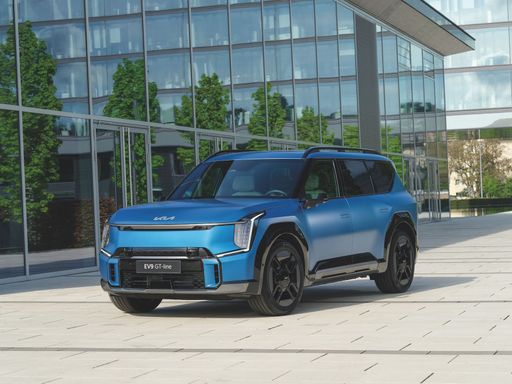
Kia EV9
VW ID.4 Video
Kia EV9
The Kia EV9 represents a bold step forward in the automotive world with its distinctive design and futuristic appeal. This all-electric SUV promises to provide a spacious and comfortable cabin experience, making it ideal for families and long journeys. With its emphasis on sustainability and advanced technology, the EV9 aims to redefine the standards for electric vehicles in its category.
details @ press.kia.com
@ press.kia.com
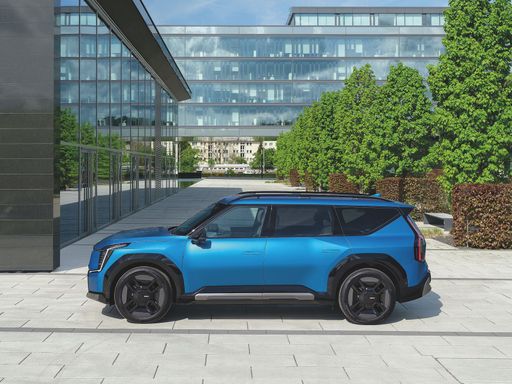 @ press.kia.com
@ press.kia.com
 @ press.kia.com
@ press.kia.com
 @ press.kia.com
@ press.kia.com
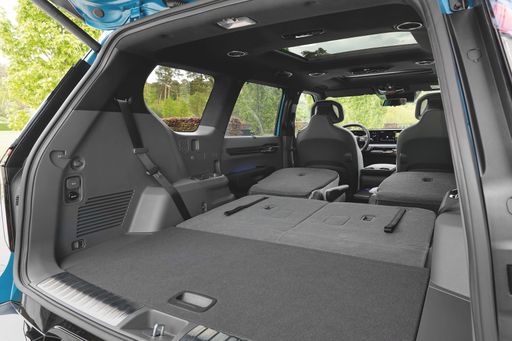 @ press.kia.com
@ press.kia.com
VW ID.4
The VW ID.4 represents Volkswagen's commitment to the electric vehicle market, combining contemporary design with sustainability. Its spacious interior and intuitive technology make it an attractive choice for those seeking comfort and innovation in an eco-friendly package. With a focus on electric performance and practicality, this car is set to be a popular option among environmentally-conscious drivers.
details @ Volkswagen
@ Volkswagen
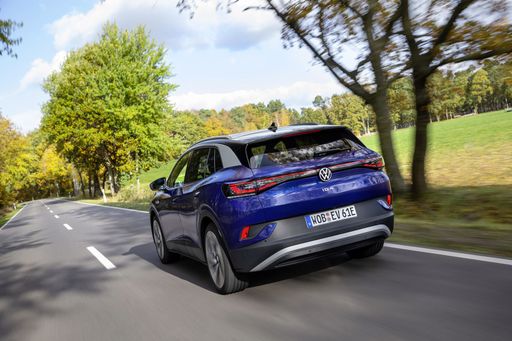 @ Volkswagen
@ Volkswagen
 @ Volkswagen
@ Volkswagen
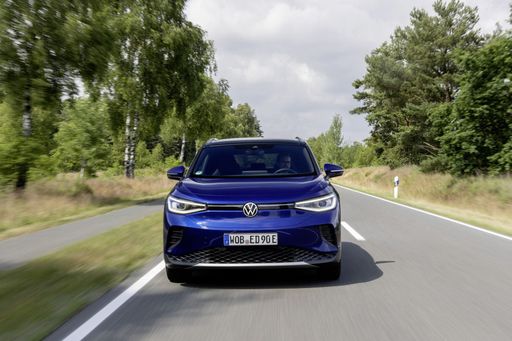 @ Volkswagen
@ Volkswagen
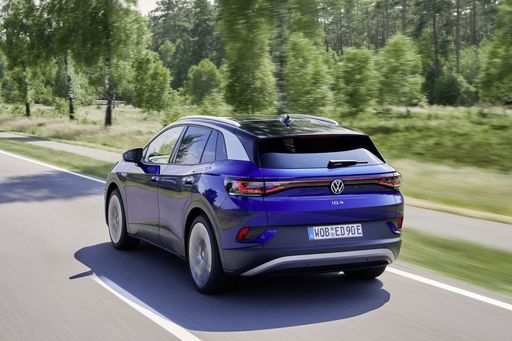 @ Volkswagen
@ Volkswagen
 @ Volkswagen
@ Volkswagen
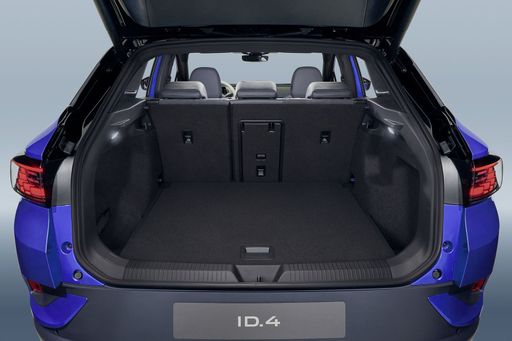 @ Volkswagen
@ Volkswagen
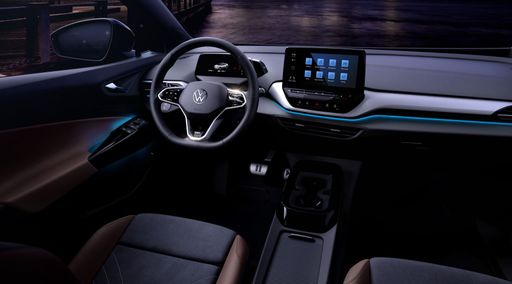 @ Volkswagen
@ Volkswagen

|

|
|
|
|
Costs and Consumption |
|
|---|---|
|
Price
53100 - 78000 £
|
Price
34600 - 47200 £
|
|
Consumption L/100km
-
|
Consumption L/100km
-
|
|
Consumption kWh/100km
19.5 - 22.8 kWh
|
Consumption kWh/100km
15.6 - 17 kWh
|
|
Electric Range
443 - 563 km
|
Electric Range
356 - 569 km
|
|
Battery Capacity
76.1 - 99.8 kWh
|
Battery Capacity
52 - 77 kWh
|
|
co2
0 g/km
|
co2
0 g/km
|
|
Fuel tank capacity
-
|
Fuel tank capacity
-
|
Dimensions and Body |
|
|---|---|
|
Body Type
SUV
|
Body Type
SUV
|
|
Seats
6 - 7
|
Seats
5
|
|
Doors
5
|
Doors
5
|
|
Curb weight
2392 - 2664 kg
|
Curb weight
1975 - 2248 kg
|
|
Trunk capacity
333 L
|
Trunk capacity
543 L
|
|
Length
5010 - 5015 mm
|
Length
4582 - 4584 mm
|
|
Width
1980 mm
|
Width
1852 mm
|
|
Height
1755 - 1780 mm
|
Height
1619 - 1634 mm
|
|
Max trunk capacity
2318 - 2393 L
|
Max trunk capacity
1575 L
|
|
Payload
542 - 615 kg
|
Payload
511 - 551 kg
|
Engine and Performance |
|
|---|---|
|
Engine Type
Electric
|
Engine Type
Electric
|
|
Transmission
Automatic
|
Transmission
Automatic
|
|
Transmission Detail
Reduction Gearbox
|
Transmission Detail
Reduction Gearbox
|
|
Drive Type
All-Wheel Drive, Rear-Wheel Drive
|
Drive Type
Rear-Wheel Drive, All-Wheel Drive
|
|
Power HP
204 - 508 HP
|
Power HP
170 - 340 HP
|
|
Acceleration 0-100km/h
4.6 - 9.4 s
|
Acceleration 0-100km/h
5.4 - 9 s
|
|
Max Speed
185 - 220 km/h
|
Max Speed
160 - 180 km/h
|
|
Torque
350 - 740 Nm
|
Torque
310 - 679 Nm
|
|
Number of Cylinders
-
|
Number of Cylinders
-
|
|
Power kW
150 - 374 kW
|
Power kW
125 - 250 kW
|
|
Engine capacity
-
|
Engine capacity
-
|
General |
|
|---|---|
|
Model Year
2023 - 2025
|
Model Year
2023 - 2025
|
|
CO2 Efficiency Class
A
|
CO2 Efficiency Class
A
|
|
Brand
Kia
|
Brand
VW
|
Is the Kia EV9 offered with different drivetrains?
The Kia EV9 is offered with All-Wheel Drive or Rear-Wheel Drive.
The prices and data displayed are estimates based on German list prices and may vary by country. This information is not legally binding.
